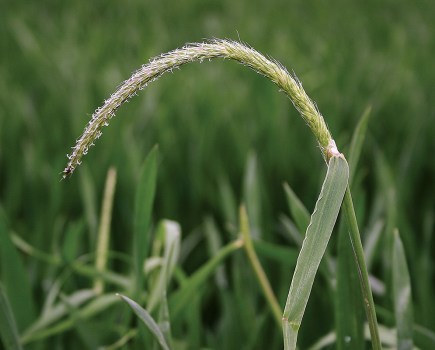The legislative requirement for all growers to demonstrate manure management and NVZ compliance means that having an accurate and reliable manure management system in place is increasingly important for today’s livestock farmer.
 Hutchinsons agronomist Ed Brown points out that keeping abreast of the paperwork and regulations associated with manure management on any livestock farm today is essential in order to remain compliant and avoid costly fines.
Hutchinsons agronomist Ed Brown points out that keeping abreast of the paperwork and regulations associated with manure management on any livestock farm today is essential in order to remain compliant and avoid costly fines.
However the challenge of keeping data up to date and relevant can be time consuming and difficult, and may even put some off, but this does not need to be the case, he points out.
“In my experience, many livestock farms are on or very near their limits when it comes to their farm nitrogen loading, and they need a system that calculates exactly what they are producing and what they are doing with it so that plans can be made to either export the muck or to adapt storage facilities if necessary. “
However Mr Brown believes that this does not need to be an additional burden as farmers today have the choice of carrying this out quite easily using a software system like Hutchinsons Omnia which will produce manure management plans and risk maps of NVZ’s in an intuitive and straightforward way.
“Omnia is a web based system, which has been designed to meet all the necessary legislative requirements for livestock manures and digestate, covering field and farm limits, field spreading areas, risk maps and storage requirements,” he says.
“Within these legal boundaries, the system will allow the user to produce organic manure application plans for each field, on a field scale or zoned sub-field basis.”
“So as far as farm assurance goes it’s very straightforward because all of the necessary legal and technical documents are in one place demonstrating when, where and what rate the muck was applied at.”
“It can take as little as half an hour from gathering the relevant information to producing a report.”
Omnia can generate NVZ risk maps for each field, taking into account buffer zones and boreholes. Once livestock numbers, manure movement on and off the farm are entered, storage requirements can be calculated, which allows for predicted shortfalls to be cost effectively managed, he adds.
“Whilst other systems may carry out the nutrient management calculations, they don’t generate the necessary risk maps.”
Mr Brown adds that for some of his clients that also have arable cropping, he can use an additional function of Omnia, which allows for full nutrient recommendations of crops, which incorporate both manures as well as inorganic fertilisers.
“Maps can be created for soil organic matter, cation exchange, pH and micronutrients- all of which ensure that manure and fertiliser use is optimised.”
One farmer that benefits from this approach is Janet Bennett of Maltshovel Farm, Church Eaton, near Stafford who runs a mixed farming enterprise in an NVZ, comprising of 20 ha’s of cereals, 75 ha’s grass, 80 head of beef cattle and 230 sheep. Omnia Manure Management is used for all home produced and imported manures as well as for generating fertiliser recommendations for the arable cropping.
“I work closely with my agronomist Ed Brown to ensure that I am within the law and compliant at all times with regards to NVZ rules, and Omnia allows me to do this easily and with everything in one place,” she says.
Mrs Bennett believes that the peace of mind that comes from knowing that if an inspector calls, all her records are in order and she is not at risk of being fined makes the Omnia system excellent value for money.
Pic caption: Hutchinsons agronomist Ed Brown points out that keeping abreast of the paperwork and regulations associated with manure management on any livestock farm today is essential in order to remain compliant and avoid costly fines.




